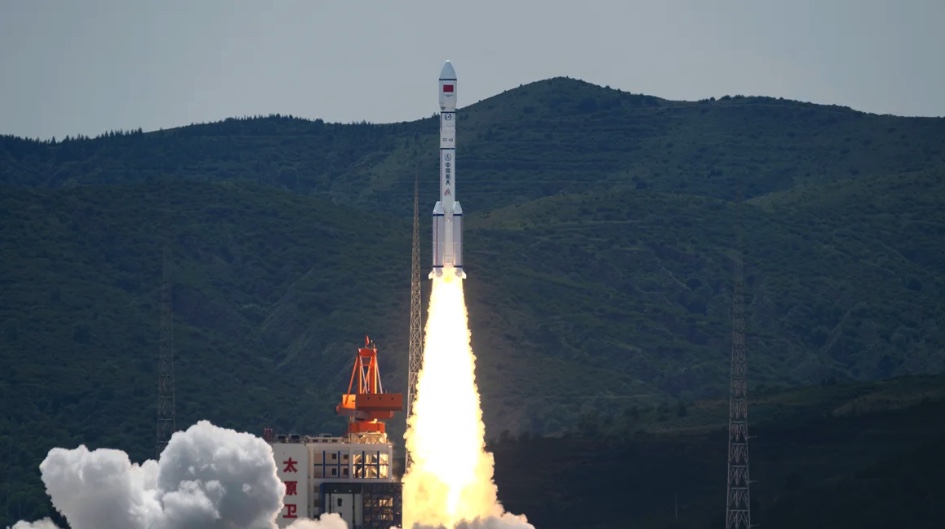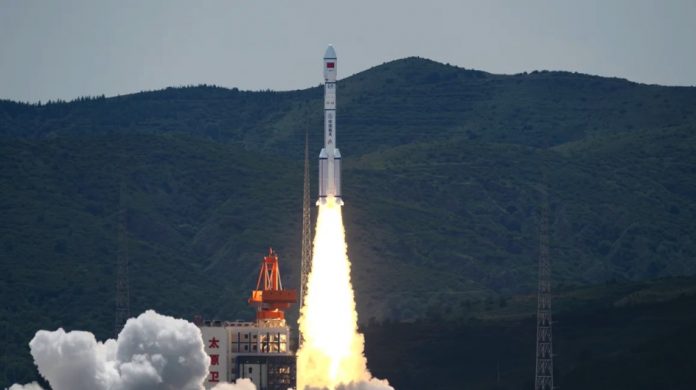จีนได้ก้าวกระโดดครั้งใหญ่ในความทะเยอทะยานด้านอวกาศด้วยการเปิดตัวดาวเทียมดวงแรกสำหรับกลุ่มดาว Qianfan (Spacesail) โดยมีเป้าหมายที่จะแข่งขันกับ Starlink ของ SpaceX สัปดาห์นี้ดาวเทียม 18 ดวงถูกส่งไปยังวงโคจรโลกต่ำ (LEO) ถือเป็นจุดเริ่มต้นของโครงการที่คาดว่าจะติดตั้งดาวเทียม 14,000 ดวงสำหรับการครอบคลุมbroadband ทั่วโลก Qianfan หรือที่รู้จักกันในชื่อ G60 Starlink เป็นส่วนหนึ่งของแผนการของจีนที่จะเปิดตัวดาวเทียมเกือบ 40,000 ดวงทั่วกลุ่มดาวขนาดใหญ่สามกลุ่มในอีกไม่กี่ปีข้างหน้า โครงการริเริ่มนี้เป็นองค์ประกอบสำคัญของการผลักดันในวงกว้างของจีนเพื่อพัฒนาภาคพื้นที่เชิงพาณิชย์และเสริมความแข็งแกร่งให้กับตำแหน่งในอวกาศ กลุ่มดาวดังกล่าวถูกกำหนดให้เติบโตเป็นดาวเทียมมากกว่า 600 ดวงภายในปี 2568 และเกิน 14,000 ดวงภายในปี 2573 ตามรายงานของสื่อของรัฐ
การที่จีนเข้าสู่กลุ่มดาวขนาดใหญ่ในบรอดแบนด์เกิดขึ้นท่ามกลางความสนใจทั่วโลกที่เพิ่มขึ้นในดาวเทียมเพื่อการสื่อสารและการทหาร ความโดดเด่นของ Starlink ในยูเครนได้เน้นย้ำถึงคุณค่าเชิงกลยุทธ์ของดาวเทียม LEO นักวิจัยชาวจีนแสดงความกังวลเกี่ยวกับ Starlink ของ SpaceX ซึ่งกังวลว่าอาจเพิ่มขีดความสามารถทางทหารของสหรัฐฯ การเปิดตัว Qianfan ของจีน สะท้อนให้เห็นถึงการผลักดันในการเสริมสร้างขีดความสามารถด้านอวกาศ และแสดงให้เห็นถึงความตระหนักถึงศักยภาพเชิงกลยุทธ์ในการควบคุมข้อมูล ผู้เชี่ยวชาญยังมองเห็นผลประโยชน์ทางการทูตที่เป็นไปได้ โดยจีนอาจใช้บริการดาวเทียมเพื่อสนับสนุนโครงการริเริ่มหนึ่งแถบหนึ่งเส้นทาง การมีส่วนร่วมของบริษัทจีนในโทรคมนาคมทั่วโลกเป็นเรื่องที่ถกเถียงกัน โดยมีข้อกังวลด้านความปลอดภัยคล้ายคลึงกับปัญหาที่อาจเกิดขึ้นกับดาวเทียมของจีน
การที่จีนเข้าสู่กลุ่มดาวขนาดใหญ่ใน broadband สอดคล้องกับความสนใจทั่วโลกในด้านการสื่อสารผ่านดาวเทียมและการใช้งานทางทหาร มูลค่าเชิงกลยุทธ์ของดาวเทียม LEO ซึ่งเน้นโดยบทบาทของ Starlink ในยูเครน กระตุ้นให้เกิดความกังวลของจีนเกี่ยวกับผลกระทบของ SpaceX ต่อความสามารถทางทหารของสหรัฐฯ การเปิดตัว Qianfan สะท้อนให้เห็นถึงแรงผลักดันของจีนในการยกระดับเทคโนโลยีอวกาศและใช้ประโยชน์จากการควบคุมข้อมูล ผู้เชี่ยวชาญแนะนำว่าอาจสนับสนุนโครงการริเริ่มหนึ่งแถบหนึ่งเส้นทางของจีน แม้ว่าจะมีข้อถกเถียงเกี่ยวกับโทรคมนาคมของจีนอย่างต่อเนื่องก็ตาม ความพยายามในการเร่งการผลิตดาวเทียมนั้นรวมถึง “แพลตฟอร์มการผลิตดาวเทียมอัจฉริยะ” แต่ความท้าทายยังคงมีอยู่ แท่นปล่อยจรวดเชิงพาณิชย์แห่งใหม่ของจีนจะเปิดตัวในปีนี้ แม้ว่าเทคโนโลยีการเปิดตัวจะยังคงตามความสามารถขั้นสูงของ SpaceX ก็ตาม
China launches satellites to compete with SpaceX’s Starlink, advancing its space ambitions.

China has made a major leap in its space ambitions by launching the first satellites for its Qianfan (Spacesail) constellation, aiming to rival SpaceX’s Starlink. Eighteen satellites were sent into low Earth orbit (LEO) this week, marking the start of a project expected to deploy 14,000 satellites for global broadband coverage. Qianfan, also known as G60 Starlink, is part of China’s plan to launch nearly 40,000 satellites across three mega constellations in the coming years. This initiative is a key element of China’s broader push to advance its commercial space sector and strengthen its position in space. The constellation is set to grow to over 600 satellites by 2025 and exceed 14,000 by 2030, according to state media.
China’s entry into broadband mega-constellations comes amid rising global interest in satellites for communications and military uses. The prominence of Starlink in Ukraine has spotlighted the strategic value of LEO satellites. Concerns about SpaceX’s Starlink have been raised by Chinese researchers, who worry it could enhance US military capabilities. The launch of China’s Qianfan reflects its push to strengthen space capabilities and suggests awareness of the strategic potential for data control. Experts also see potential diplomatic benefits, with China possibly using its satellite services to bolster its Belt and Road Initiative. The involvement of Chinese companies in global telecoms has been controversial, with security concerns similar to those that could arise with Chinese satellites.
China’s move into broadband mega-constellations aligns with global interest in satellite communications and military use. The strategic value of LEO satellites, highlighted by Starlink’s role in Ukraine, has prompted Chinese concerns about SpaceX’s impact on US military capabilities. The Qianfan launch reflects China’s drive to enhance space technology and leverage data control. Experts suggest it could bolster China’s Belt and Road Initiative, despite ongoing controversies over Chinese telecoms. Efforts to accelerate satellite production include an “intelligent satellite manufacturing platform,” but challenges remain. China’s new commercial launch pad opens this year, though its launch technology still trails SpaceX’s advanced capabilities.
By CNN NEWS

















